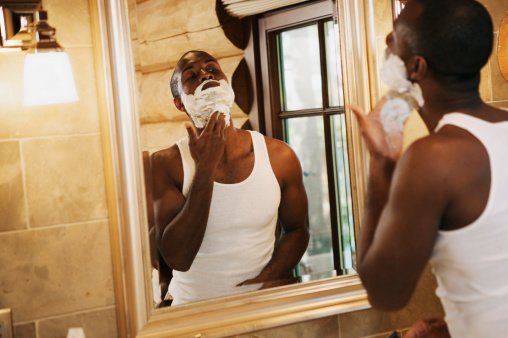Certain risks invite careful prescribing considerations
By Louise Gagnon – Dermatology Times

The most common hormonal therapy prescribed to treat acne are oral contraceptives, but clinicians need to consider other factors, such as age, before prescribing oral contraceptive agents to acne patients, according to the director of the Dermatology and Skin Care Center of Birmingham in Birmingham, Ala.
“We have a tendency as dermatologists to talk about acne that flares at certain times of the month as being hormonal, or acne that occurs in women as being hormonal, or acne that occurs on the lower part of the face as being hormonal,” explains Julie Harper, M.D., who spoke at an acne guidelines workshop during the annual meeting of the American Academy of Dermatology (AAD).
“All of that may be true, but, really, all acne is hormonal to a certain extent because androgens play a role, both by promoting plugging of the follicle, which is a crucial part of acne development, and in stimulating the sebaceous gland,” she says.
Almost any woman can benefit from taking oral contraceptives, four of which are approved by the FDA for the treatment of acne, in terms of improving this chronic condition, Dr. Harper says.
Studies have not shown that any one particular oral contraceptive is better than another in treating acne, she notes.
“All combinations of pills that combine estrogen and progestin appear to make acne better,” she says. In particular, a Cochrane meta-analysis found no consistent differences among oral contraceptives in decreasing acne.
OC risks
Oral contraceptives, however, do present risks. The most serious is venous thromboembolism (VTE). Taking OCs doubles the risk of VTEs and, depending on the content of the pills, they may triple the risk, Dr. Harper says. She adds that it is important to note that formulations of OCs have been modified over the years.
“The overall risk [of VTES] has decreased due to the fact that the estrogen dose [in oral contraceptives] has decreased over time,” Dr. Harper says.
Newer progestins have been developed and may be present in more recent formulations of oral contraceptives, and some of these progestins carry their own risk, explains Dr. Harper. The FDA conducted its own study, which found the risk of VTE in drospirenone-containing oral contraceptives to be higher than in OCs that contain other progestins. To put this into perspective, levonorgestrel-containing OCs are associated with about six VTEs per 10,000 woman-years, while drospirenone-containing OCs are associated with about 10 VTEs per 10,000 woman-years.2
“There does appear to be some increased risk of VTE with drospirenone-containing pills,” Dr. Harper says, explaining that drospirenone is an anti-androgen and an analog of spironolactone.
Other risks associated with OCs include myocardial infarction (MI), with many being attributable to cigarette smoking in patients who took OCs, according to one study.3
“Smoking and taking OCs is a bad combination,” Dr. Harper says. “Make sure you ask patients if they smoke. I won’t write a prescription [for OCs] even if they smoke one cigarette per day.”
Dr. Harper prefers that parents take part in the discussion about OCs as a strategy to manage acne in her younger female patients, who should all have achieved menarche before they are prescribed OCs to treat their acne.
Prescribing considerations
“In a dermatology clinic, they are being prescribed for acne,” Dr. Harper says. “I would want parents to be part of the decision about oral contraceptives being used. Parents may say they don’t want their child on oral contraceptives regardless if they are FDA-approved [for acne]. You can [encounter] moral and ethical issues.”
An important consideration with the prescription of OCs for acne is that the treatment “does not have an easy endpoint,” Dr. Harper says.
“If they get better with it, and it is stopped, it has a tendency to recur and may come back worse than it was when you started the therapy,” explains Dr. Harper.
Other considerations in prescribing OCs in teenagers is that there is a risk of inducing premature closure of growth plates and preventing the laying down of maximum bone, Dr. Harper says, suggesting that OCs should not be a first choice in very young female patients.
In older female patients, particularly those who have had a hysterectomy, spironolactone is often a therapy that Dr. Harper prescribes. The most recent evidence indicates that it does not require monitoring of potassium.
The AAD will be releasing new acne treatment guidelines this year.



Recent Comments